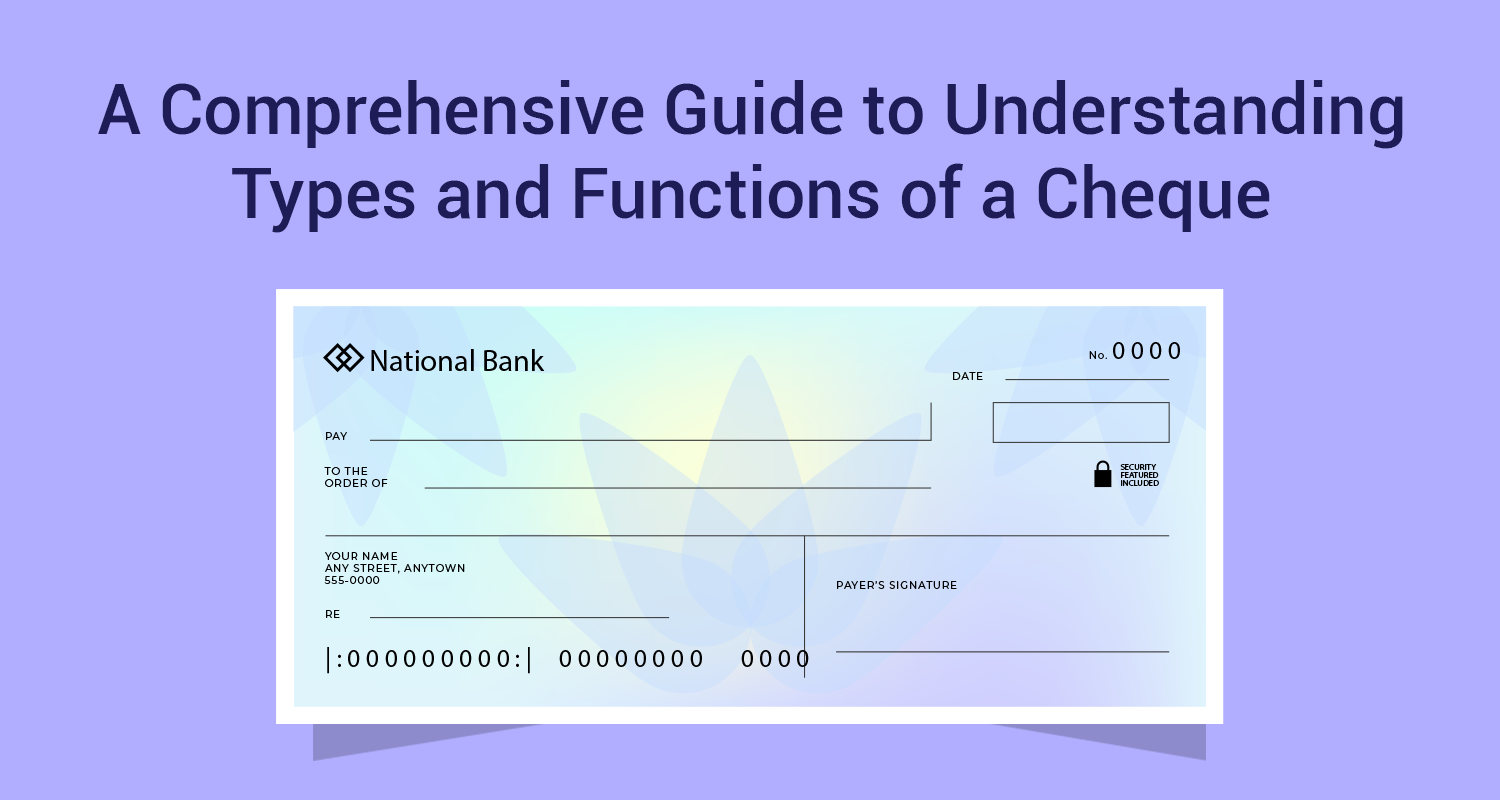What are Income Tax Rules On Mutual Funds?
When you invest in any asset class, the tax implications are very important. What you take home is the net returns after paying the tax. One of the advantages of mutual funds is the efficiency with which it manages tax for the investors. Consider the graphic below.
Tax status of mutual fund holdings is based on whether a fund is classified as an equity fund or as a debt fund. As per the Income Tax Rules, if 65% of the AUM is in equities then it is an equity fund, otherwise, it is a debt fund. When you talk of mutual fund taxation, there are 4 things that you need to really understand.
How Are Dividends Paid Out By Mutual Funds Taxed?
Mutual funds typically offer three types of plans; growth plan, dividend payout plan and the dividend reinvestment plan. Since dividend reinvestment plans are not too popular, we focus more on the growth plan and dividend payout plan. The dividend plan pays out a dividend to unitholders out of the profit generated by the fund. The rule is that dividends can only be declared out of profits and not out of capital. Actually, dividends are value-neutral because when a fund declares a dividend of Rs.4 per unit, then the NAV of the unit falls proportionately by Rs.4. Now for the tax implications!
Dividends from equity funds and debt funds are tax-free in the hand of the investors. However, there is a dividend distribution tax (DDT) that is payable on these dividends. When an equity fund declares dividends, DDT of 11.648% (10% tax + 12% surcharge + 4% cess) is deducted and only the net amount is paid out. When a debt fund declares dividend, DDT of 29.12% (25% tax + 12% surcharge + 4% cess) is deducted and net amount is paid out.
Capital Gains On Equity And Debt Funds
When you make a profit on a sale of mutual funds, it is called capital gains. For calculating the capital gains tax, you first need to classify it as short-term capital gains (STCG) or long-term capital gains (LTCG). It depends on the holding period. In case of equity funds, holdings above 1 year will LTCG while in case of debt funds, holdings above 3 years will be LTCG. Now let us look at the specifics of taxation of equity funds and debt funds.
In case of equity funds, the STCG (less than 1 year) will be taxed at a flat rate of 17.472% (15% tax + 12% surcharge + 4% cess). LTCG on equity funds were tax-free in the hands of the investor till the last fiscal year. Effective April 2018, there will be a tax of 11.648% (10% tax + 12% surcharge + 4% cess) on LTCG on equity funds. However, there will be a basic exemption of Rs.1 lakh available in this case and only LTCG above that limit will be taxed.
In case of debt funds, the STCG (less than 3 years) will be taxed at your peak income tax rate applicable (10% or 20% or 30%). LTCG on debt funds will continue to attract a tax of 23.296% (20% tax + 12% surcharge + 4% cess). However, in this case there will be the benefit of indexation available. The purchase cost can be indexed to the sale date based on the IT Department???s Cost Inflation Index and tax needs to be paid only on the indexed gains.
Adjusting Losses on Equity And Debt Funds
When it comes to adjustment of losses, it only matters whether the loss is a long-term loss or a short-term loss. You pay tax on the net profits. That means; you can write off losses against the gains in the same category and only pay taxes on the net amount of gains. What is more, you can also write off the accumulated losses of the last 8 years against current profits of the same category. Similarly, losses of the current year can be carried forward for a period of 8 assessment years.
Section 80C Exemption On ELSS Funds
There is a special exemption available on investments in tax saving ELSS funds. These are equity funds with 3-year lock-in period. The total exemption is available to the tune of Rs.150,000 of investments in a particular financial year. However, the ELSS will be clubbed with a number of other outlays like PPF, EPF, Life Insurance premium, ULIPs, tuition fees, home loan principal and the total exemption for all these items put together is Rs.1.50 lakh. ELSS offers a good way of combining wealth creation with tax efficiency.
Disclaimer : The information in this blog is for general purposes only and may change without notice. It does not constitute legal, tax, or financial advice. Readers should seek professional guidance and make decisions at their own discretion. IIFL Finance is not liable for any reliance on this content. Read more



